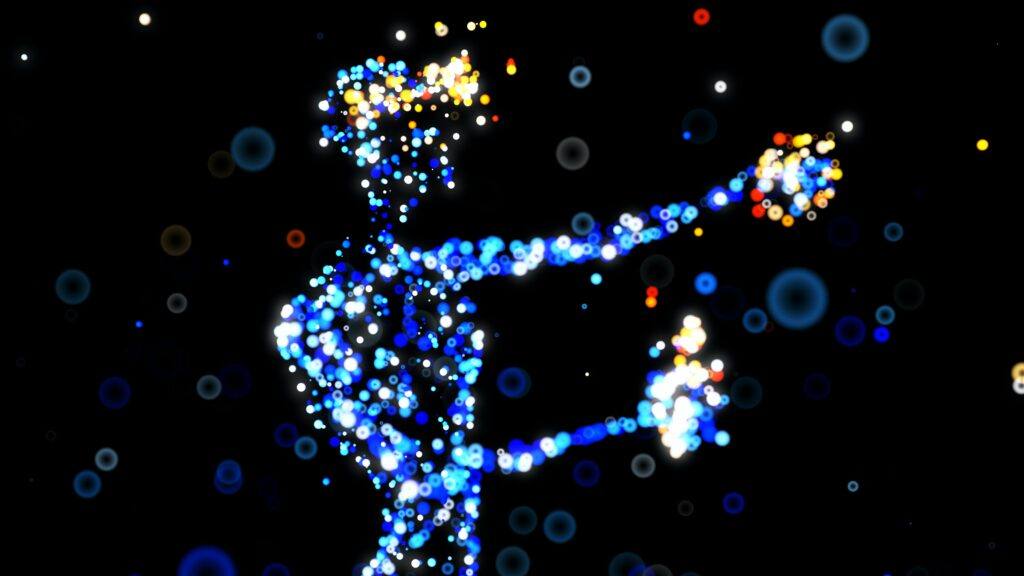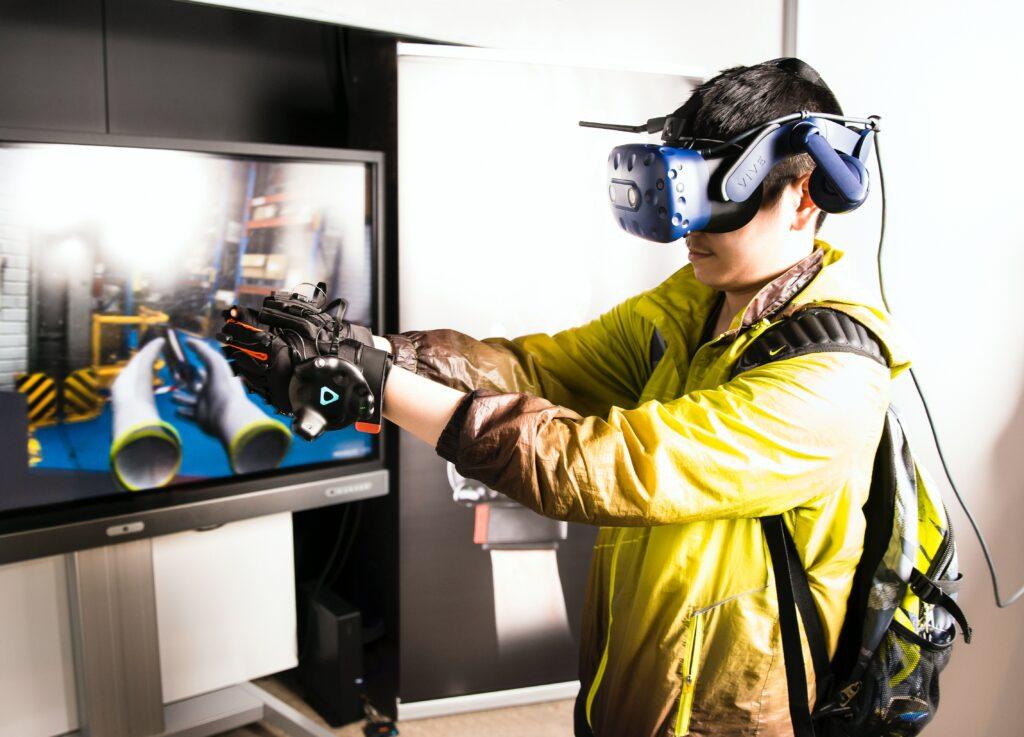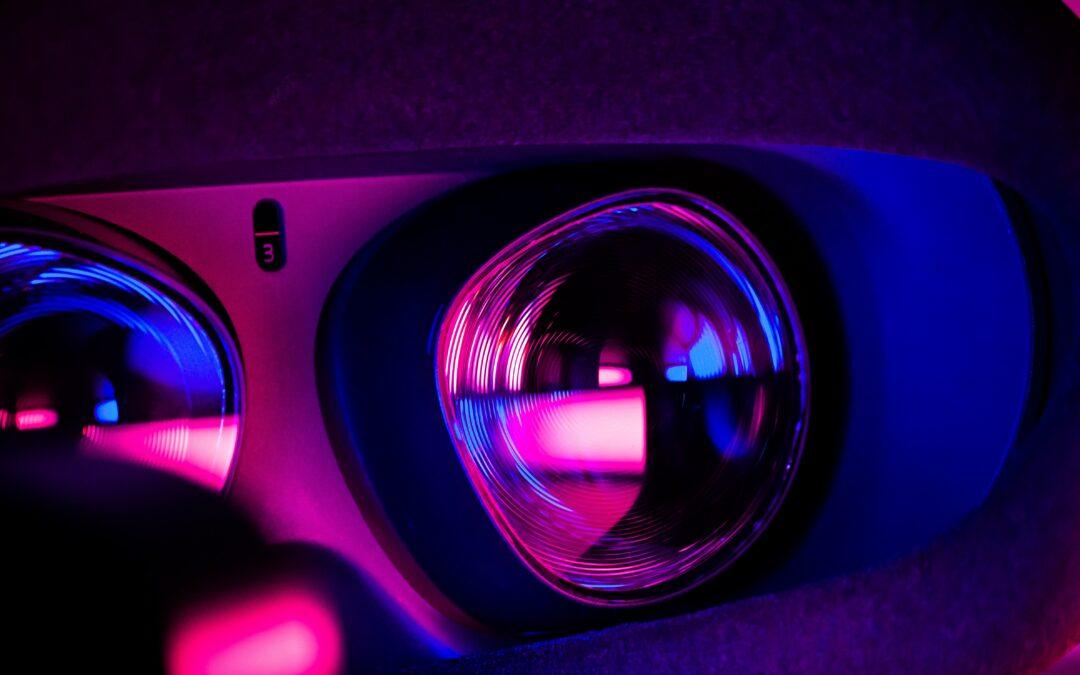The last few years have been particularly marked by important technological innovations in almost every field. In particular, due to the long ongoing pandemic that has greatly limited almost all social interactions, the communications sector had to rapidly adapt in order to respond to the growing communication/relational needs arising from the desire to continue to maintain professional or personal relationships, while maintaining the effectiveness and efficiency of the classic “face-to-face” modality.
This, in many cases, has been possible thanks to the many streaming, video calling, webinars, email and instant chat platforms; however, it is also true that, in many other cases, these tools have not been enough at all
This is particularly true for the delicate field of school education, for example. The dynamics of teaching/learning, in fact, are much more complex and articulated than many purely communicative dynamics: the teacher does not simply convey notions and knowledge to the learner by communicating them, in the same way that the learner does not simply listen to the teacher passively. Rather, a complex relationship is established in which learning passes through multiple factors such as social or environmental.

These are the principles that have led, today, to an increasing use of technologies capable, even if partially, to compensate for some of the shortcomings highlighted above. Among these technologies, the one that has certainly found the greatest success since its first uses and has become more widespread, is Virtual Reality (VR).
This is a simulated reality that, through various devices, allows a very intense and realistic immersion. Through VR, you can in fact have the feeling of being physically dipped in environments and scenarios, decide which part of the scenario to look at and, in some cases, actively interact with it.
There are many different applications of VR technology nowadays: from the entertainment sector to the educational one, or even in the professional field: especially in research or in those many tasks that require delicate interventions or that can only be done remotely.

Wanting to emphasize the applications of this technology in the social field, we can not avoid talking about its use on the development and enhancement of skills and soft skills so-called “transversal”. These skills are often specific to certain areas but are also widely applied in everyday life and in every social interaction in general.
In particular, the advantages of using VR in this field include: great economic advantages in terms of time reduction and optimization of the didactic material necessary for training; possibility of providing training also at a distance, reducing the costs of any physical movements and becoming potentially usable by anyone and anywhere; the possibility of being able to build training in all respects adherent to any training need, introducing innovative elements and opening, therefore, new possibilities. The great pedagogical advantage is that it offers access to learning that comes from direct experience, simulating it as closely as possible to reality.
Continuing, there are more and more developments of very different ways of applying VR also in the psychological and clinical fields. Still the immersive features of this technology, allows for example to effectively operate in clinical cases such as phobias, behavioral disorders, OCD, depression, anxiety and many others. All this, through scenario exposures, confrontation sessions, guided experiences and cognitive-behavioral therapy sessions.
That considered, we can say that in terms of social innovation, there are not many technologies that have had the impact that VR is managing to achieve. This, in fact, is not only often able to ensure effective and quality social interactions even at a distance, but ideally projects them into an environment whose potential is virtually infinite and largely unexplored.
As is frequently said in this context: imagination is the only limit.







